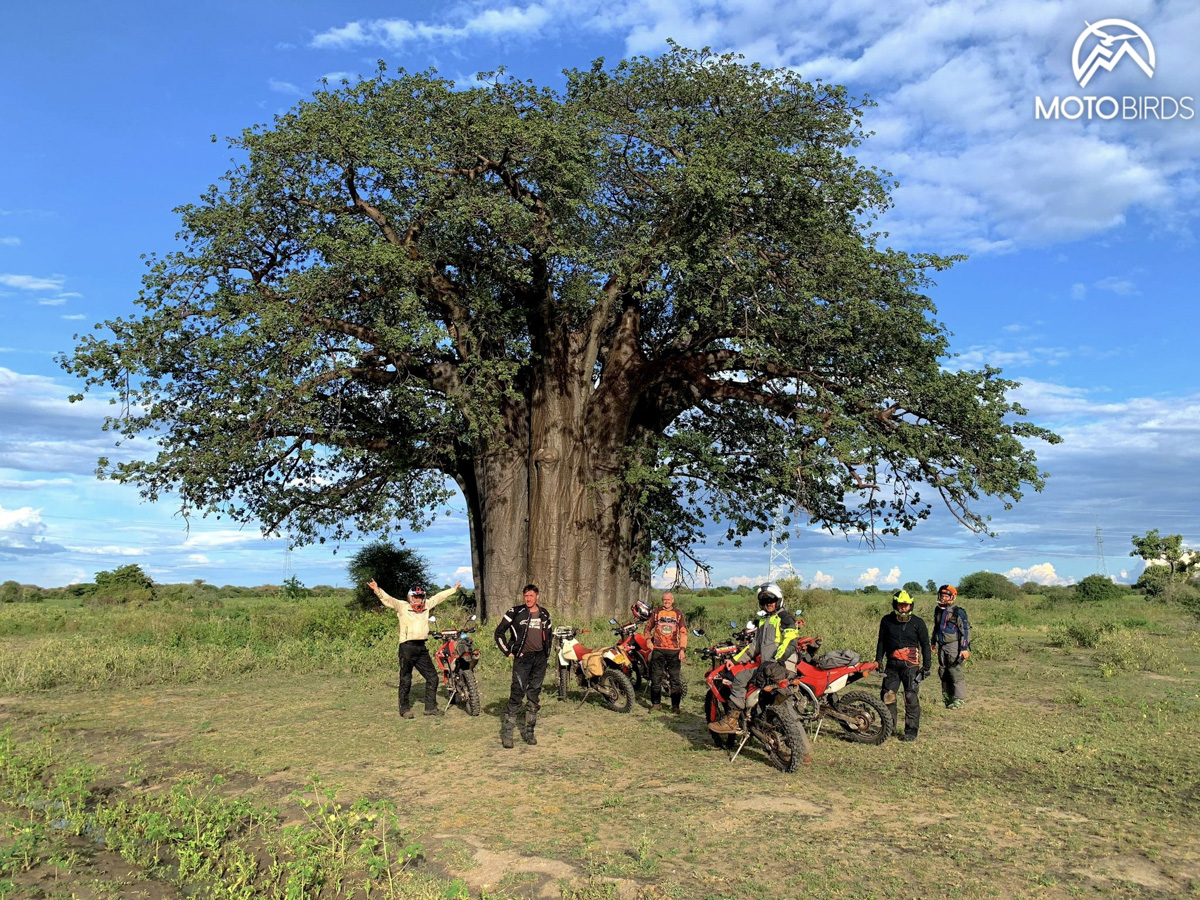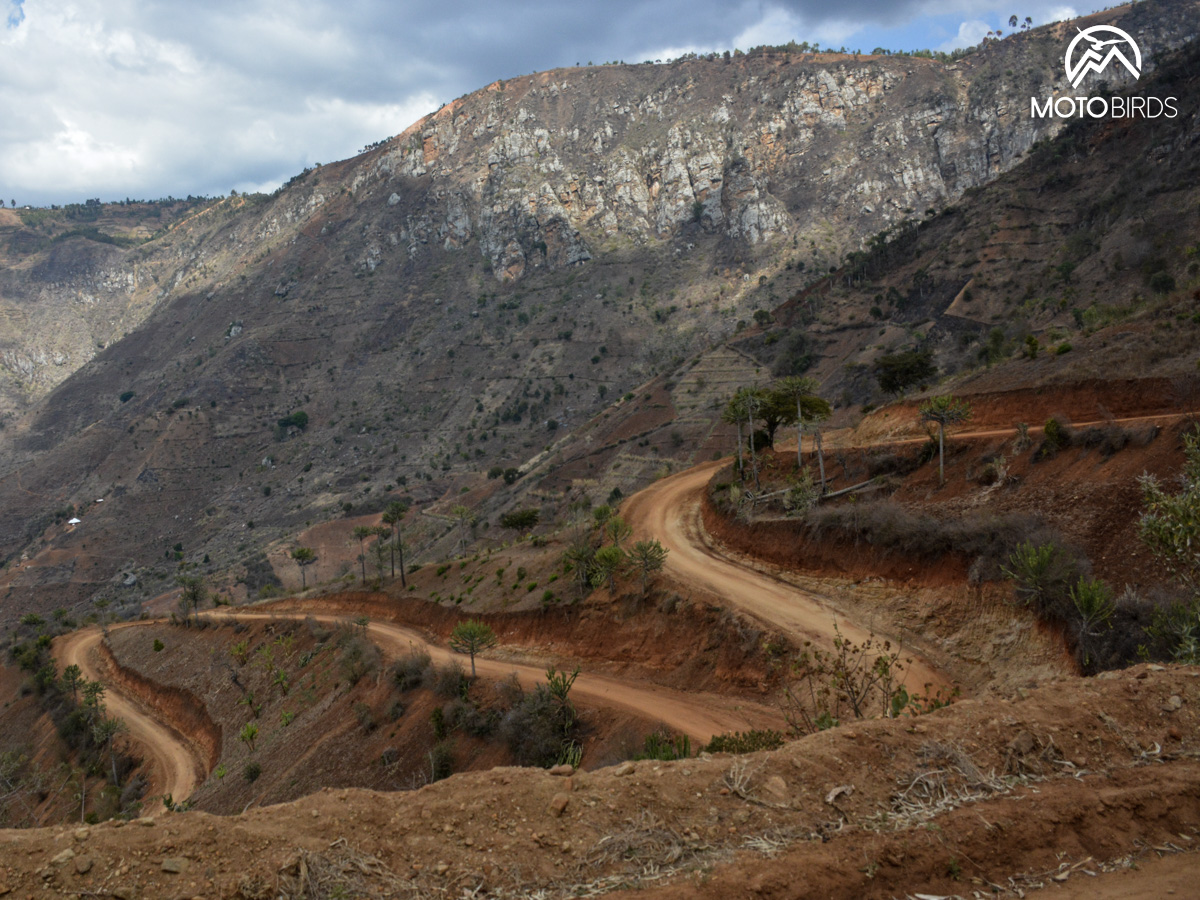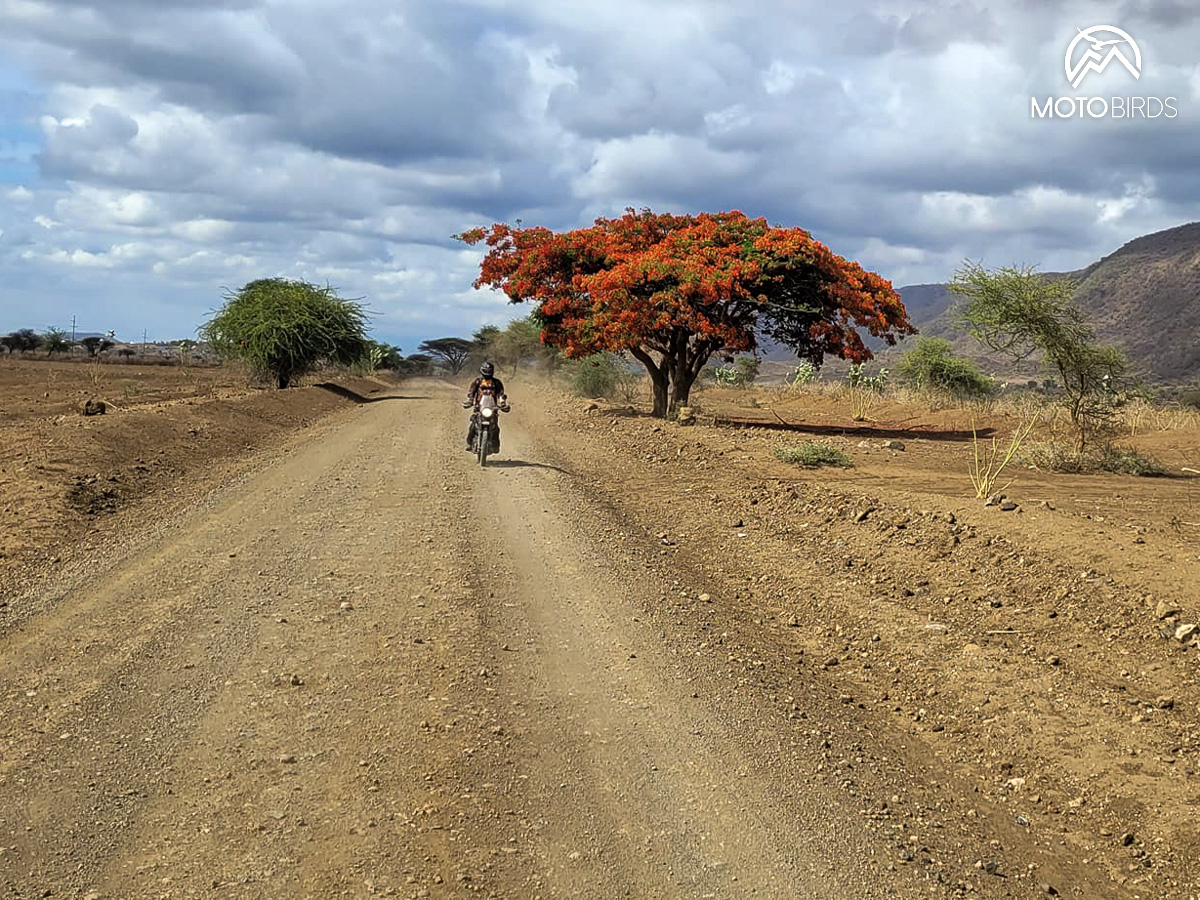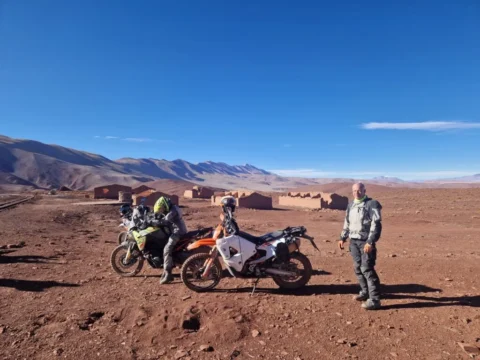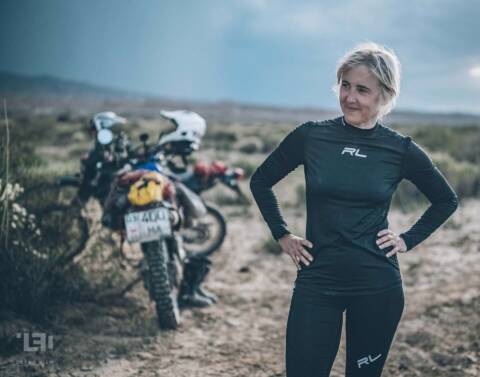This place is different than any other, visit it during your trip to Tanzania
Hakuna Matata! Does Africa remind you of that? You’re right, it was the herds of wild animals in the NgoroNgoro Crater that inspired the creators of “The Lion King.” During your trip to Tanzania, it’s definitely worth visiting those areas. Today, however, we’re taking you to a less popular place, a lot less known, but just as beautiful. A Place with an incredible history and attractions that you won’t find anywhere else. Are you ready to learn about Mkomazi National Park?


Newsletter subscribers get more!
Join MotoBirds Soaring Newsletter and don't miss any important content, gear tests, travel inspirations and newest offers in the future! We'll also let you know about fresh publications on our blog.
An Unusual Place on the Map of Africa – Mkomazi National Park
Mkomazi National Park was founded in 1951. Far from popular trails and difficult to reach, it didn’t attract tourists for a long time. And as a result, it didn’t receive much financial support from the Tanzanian government. In 1989, the situation changed when the Tanzanian government designated it as a National Priority Project. At the end of 2008, it was declared a National Park.
It is in this park that the fight for survival of two wonderful and endangered species is taking place: black rhinos and African wild dogs. In Tanzania, black rhinos are found in only three locations, and Mkomazi is one of them.
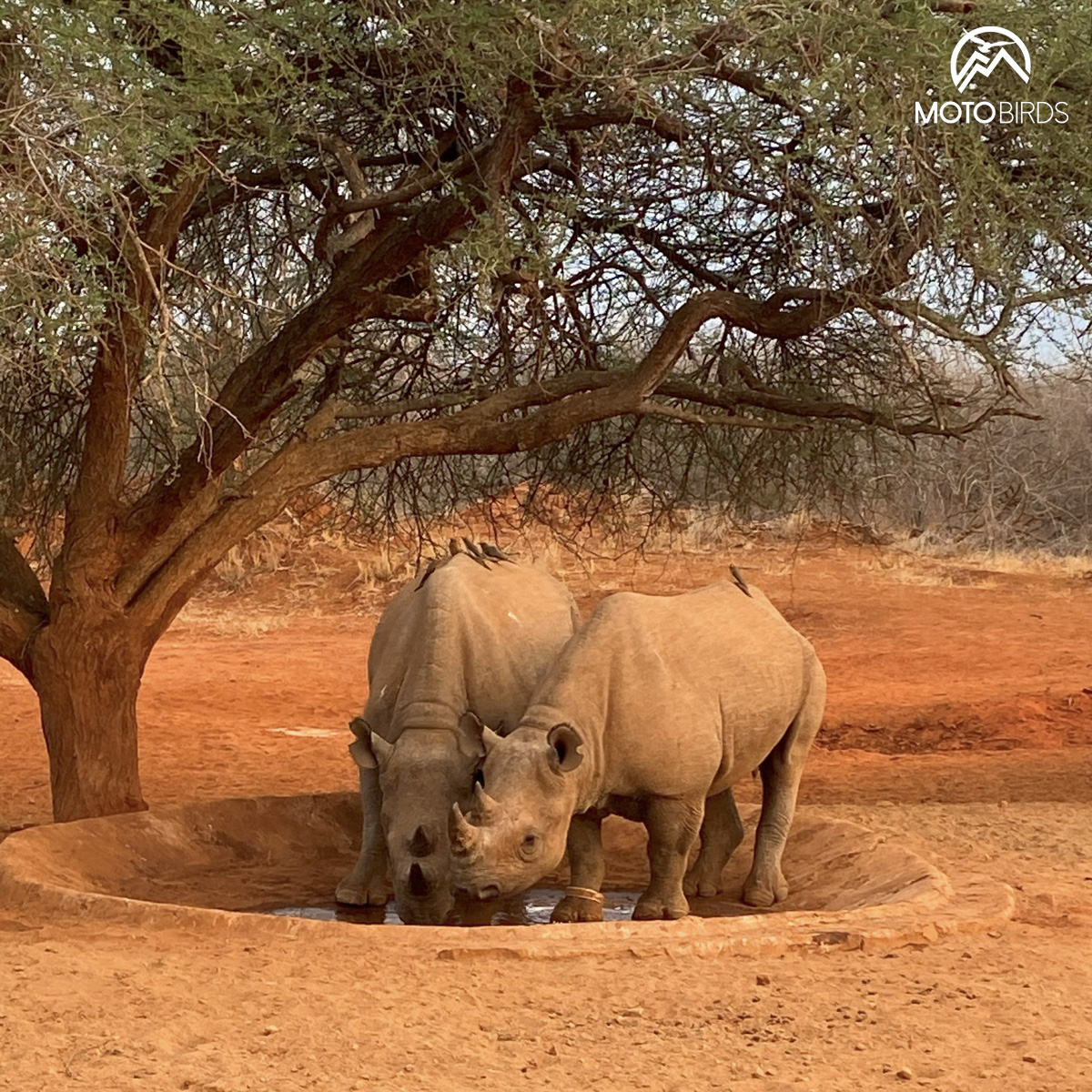
In the 1990s, Tony Fitzjohn (a conservationist focused on protecting endangered African species, and since 1989, associated with Mkomazi. Rebuilding the reserve became his lifelong mission, which he continued until his death in 2022, the effects of which are breathtaking) built facilities in Mkomazi that allowed for breeding and preparation for life in the wild for African wild dogs.
Also thanks to him and the support of donors, Mkomazi began implementing a plan for the reintroduction (i.e., rebuilding the population in a given area) of black rhinos. A rhino sanctuary was built in the park to provide strict protection for these magnificent animals. Both African rhino species (white and black) are endangered. Without programs like the one implemented in Mkomazi, they would have disappeared from the face of the Earth two decades ago.
The Big Five of Africa – is waiting for you at Mkomazi during your trip to Tanzania
Mkomazi National Park is located in northern Tanzania. The area, which is bathed in African sunshine and covers 3,245 km², is shadowed by Kilimanjaro from the west. This highest mountain in Africa is also the only place on the continent where it snows all year round. Imagine what an extraordinary sight it is from a place where the earth is warmed by the African sun, which shines here for 12 hours a day.
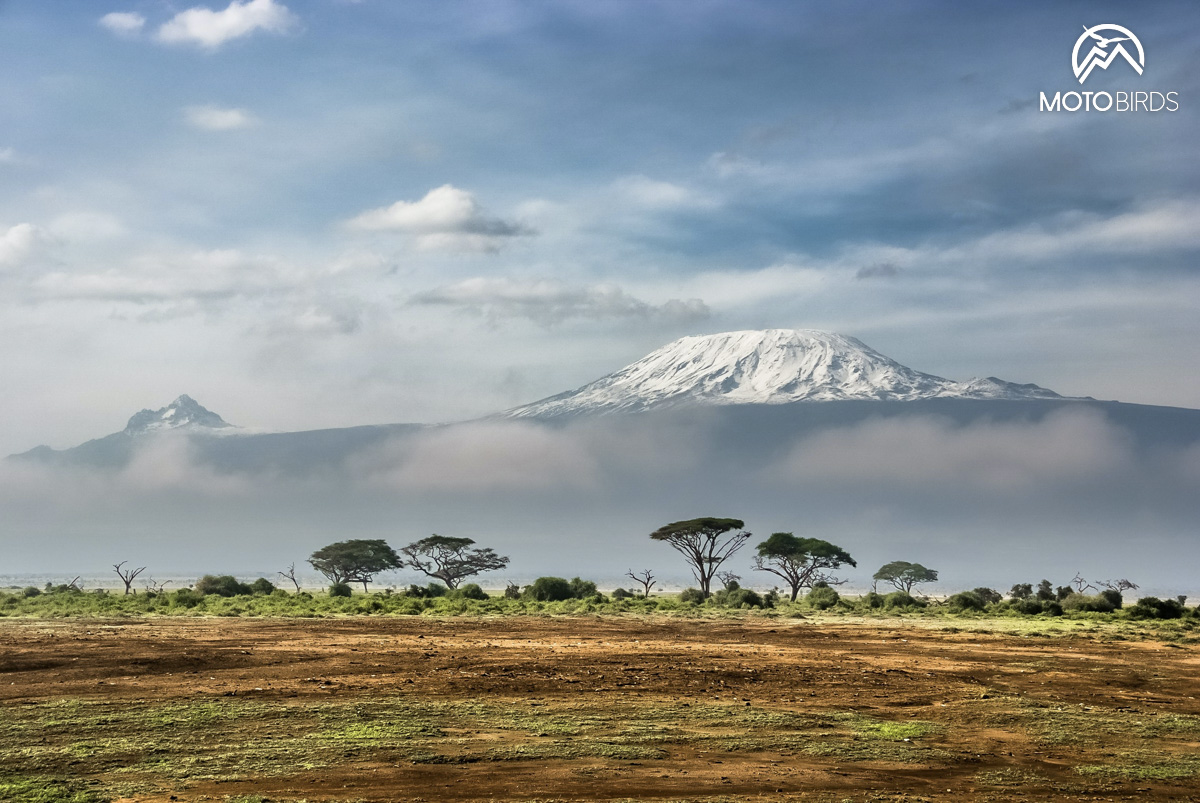

But it is not everything. To the south, the Pare and Usambara Mountains, old baobab trees and bush stretching to the horizon create a breathtaking backdrop. In turn, the north of the park is crossed by the border of Kenya’s Tsavo National Park. Thanks to this location, it is possible to migrate herds of elephants, oryxes and zebras. Mkomazi and Tsavo together form one of the largest and most important protected ecosystems on Earth.
The name of the Park comes from the word of the Pare tribe. Indicates a small amount of water. It is dry here, and in the dry season, even very dry. Still amazing though! And don’t worry, because for many years the place was almost inaccessible to outsiders. Perhaps that is why it has not become one of the “pilgrimage” tourist destinations. There are no crowds on safari in Mkomazi National Park. There is no better opportunity to observe African wildlife up close.
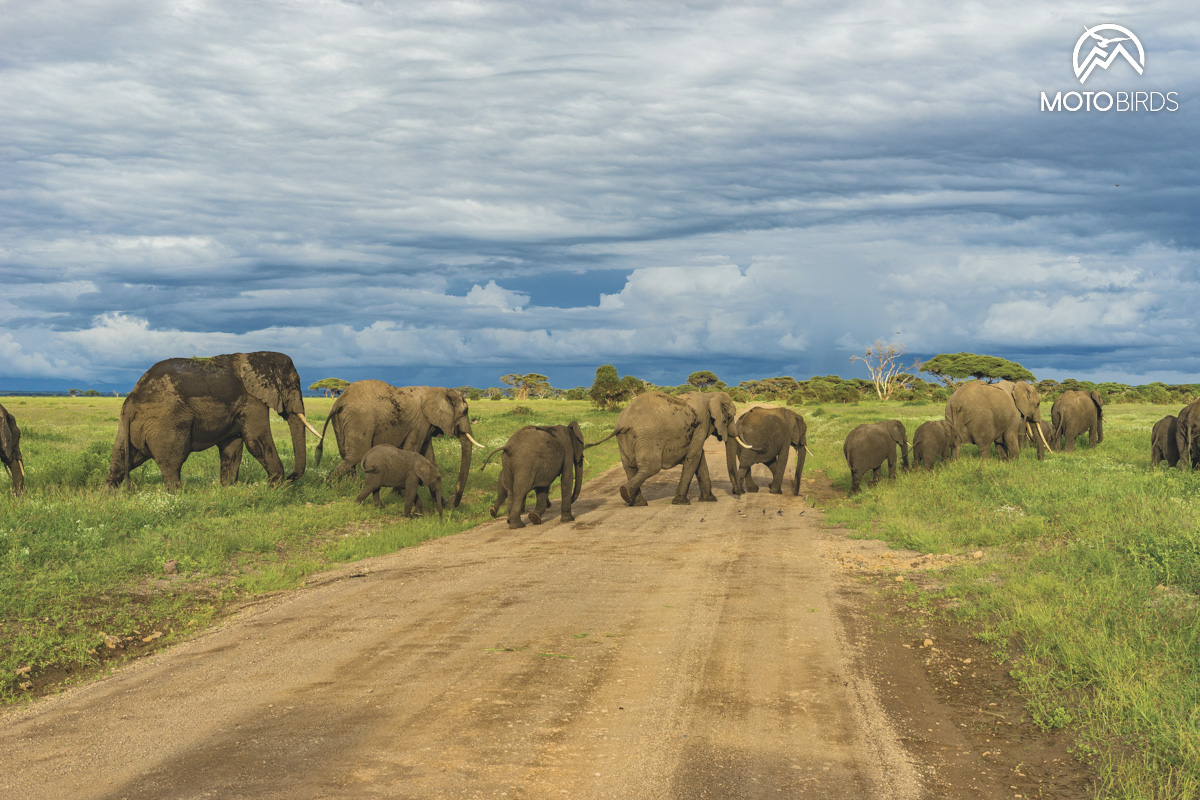
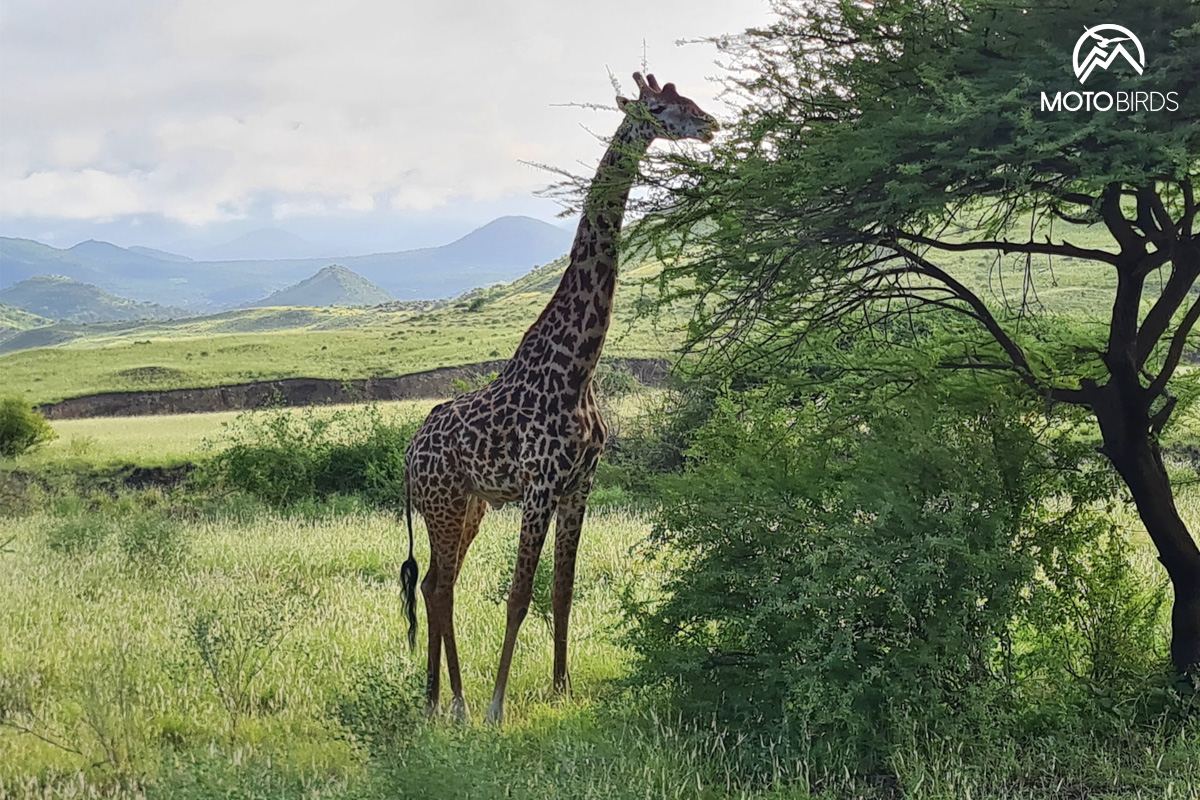
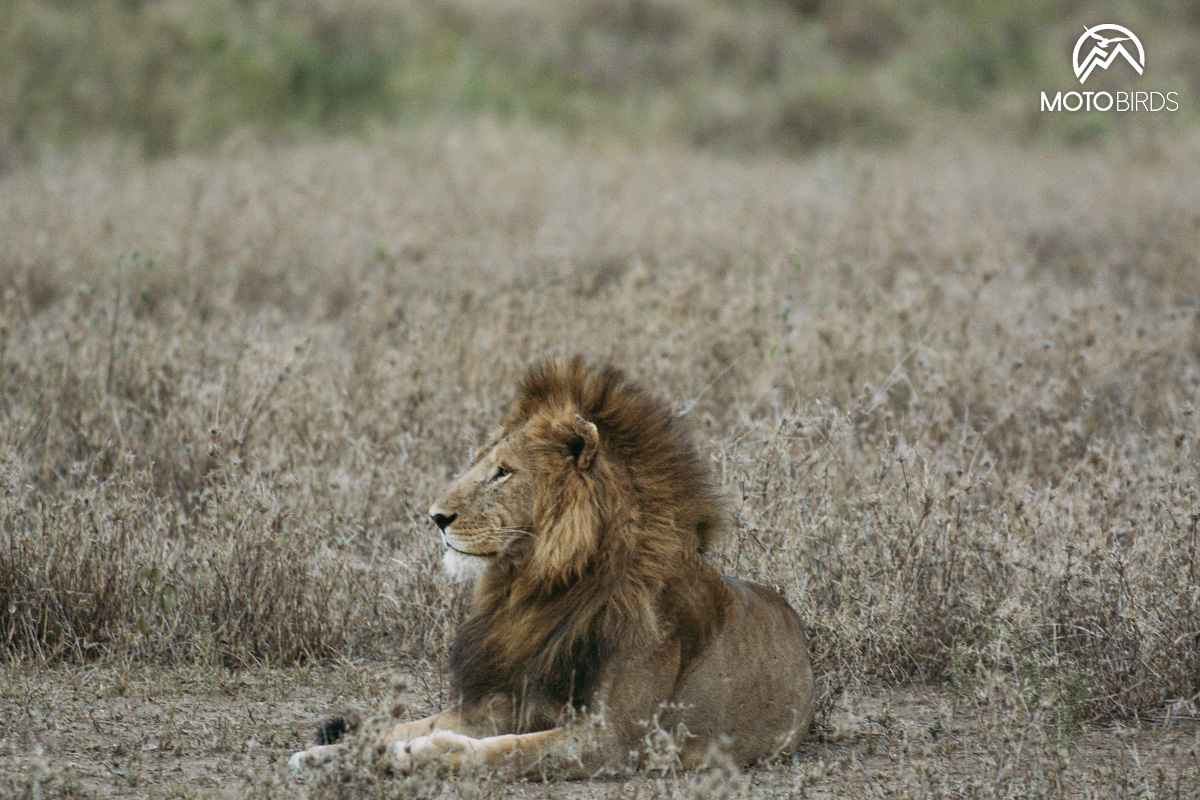
In Mkomazi, you can see animals in the wild that thrive on African barren land. During your trip to Tanzania you can meet all five of the Big Five of Africa, i.e.:
– rhinos,
– lions,
– African buffaloes,
– elephants,
– leopards.
And you have a chance to do that in Mkomazi. Giraffes, oryxes, impalas and kudus also live in the park. Of course, predators also live here, e.g. african wild dogs, hyenas and cheetahs. In total, more than 78 species of mammals live in Mkomazi. And this is just the tip of the iceberg, as over 400 species of birds have also been recorded here! including the Usambara eagle owl, which can only be found in Mkomazi. You can also see gerenuks, the antelopes that stand on their hind legs, and Grevy’s zebras.
The ugly four can be found here too. If you’re not familiar with those, rest assured you will also see them. But we won’t spoil it for you by going into details here.
The Black Rhino Protection Program
At Mkomazi National Park, they’re running a program to rebuild the population of black rhinos. They’re the smaller species of the two living in Africa. Right now, there are just over 6,000 of these magnificent creatures left in the wild. That means if all the black rhinos decided to attend the Super Bowl at State Farm Stadium in Glendale, Arizona this year, they’d only take up less than 1/10 of the seats. The stadium has a whopping 73,000 seats, after all.
From 2021, visitors can tour the rhino sanctuary located within the park. They’ve put up an electric fence with two areas for black rhinos to roam around. One area is solely for breeding, while the other allows visitors to move around in a special vehicle. This lets them see (and even touch!) the rhinos in their natural environment without negatively affecting their breeding.
Can you imagine it? Getting up close and personal with these extraordinary creatures whose fate is unfortunately still uncertain. It’s a rare moment to savor and appreciate the world around us, as changes are rushing inexorably. And you managed to stop for a while to taste the world.
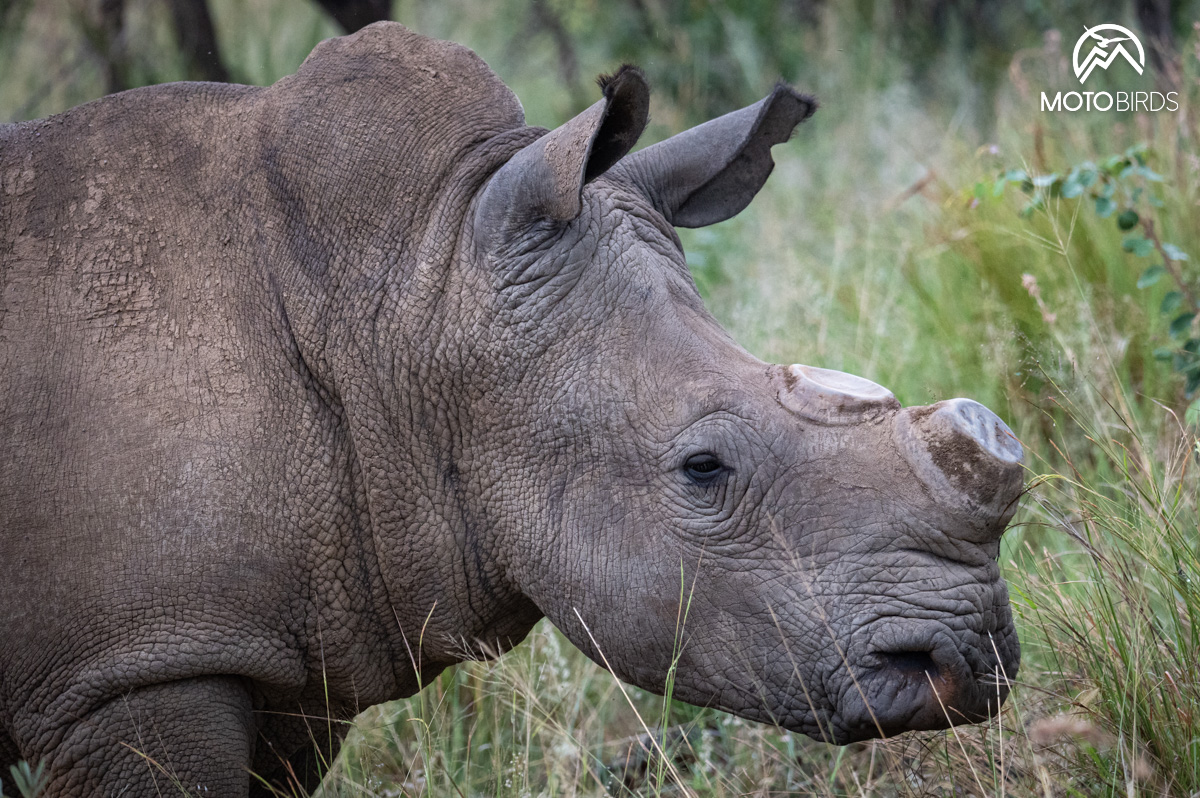
You may find it hard to believe, but every year in Africa, hundreds of these exceptional animals are killed by poachers. Places like Mkomazi are fighting an uneven battle, which is why they are worth visiting and supporting. Rhino conservation is costly, and the pandemic has significantly reduced tourism revenues. Investments are needed to rebuild rhino populations in Africa. The entire tedious process of selecting and acquiring animals and adapting them to life in the wild is really expensive.
Why is protecting endangered species so difficult?
Rebuilding a threatened species population is a multi-year process with no guarantee of success. The problem is the close kinship of the animals. In natural conditions, when a population of a species is large, there is a natural exchange of genes. This reduces the risk of genetic diseases and gene mutations passed down from generation to generation. When a species is threatened with extinction, the animals in a given area are related.
To avoid such a situation at Mkomazi, it’s important to increase the herd with unrelated individuals. And it’s not that simple! First of all, such animals need to be found. In the 21st century, some zoos and national parks participate in programs aimed at rebuilding endangered populations. Special registers of biological data for each registered animal are kept. Before a decision is made to pair animals, the family tree of future parents must be carefully traced (yes, there are people who professionally create family trees of registered animals).
Not very romantic, is it? You can see for yourself how exceptional and difficult a job nature conservationists and Mkomazi employees do!
Once the right rhinos are found, there are many difficulties associated with transportation, for example. You can imagine that a rhino cannot simply be put on a plane and transported to the other side of the globe from an overseas zoo. Weeks (even months) of preparation and a team of specialists are required. Rhinos must get to know their caregivers, get used to being confined and under the influence of sedatives.
And then, already on the spot, the animal must gradually be prepared for life in the bush. And a new diet. And most importantly, they must be accustomed to each other.

Now that you know all of this, you will surely appreciate a visit to Mkomazi even more! It is more than just a beautiful place to see. That is why the MotoBirds team is so eager to take motorcycle enthusiasts to this place. The trip to Tanzania is richer because of it, and you can come back from it spiritually transformed.
Painted wolves
In Mkomazi, you can also see another endangered species. The black rhino is one of two endangered species protected in Mkomazi. Perhaps less well-known, but unfortunately equally threatened, are the African wild dogs. These predators are found exclusively in Africa, but in their natural habitat, they now only exist in parks and reserves. On MotoBirds expeditions, you can encounter them in Tanzania and Namibia.
In the past, the population of these exceptional animals numbered around half a million, but currently, there are only 2 to 5 thousand left in the entire African continent (remember the example with the stadium?). For decades, African wild dogs were considered incredibly dangerous and bloodthirsty hunters. Defenders of nature sometimes even killed these animals. African wild dogs were also killed by farmers protecting their livestock. Diseases transmitted from domestic animals also wiped out a significant portion of the population. Currently, African wild dogs are listed in the Red List of Threatened Species.
The Latin-Greek name of the African wild dog means “painted wolf.” Believe us, this name is well-deserved! Wild dogs have a unique appearance. Their exceptionally patterned fur covers an irregular pattern of white, yellow, brown, and black markings. Each pattern is unique, so you won’t encounter two identical wild dogs. Although it’s probably hard for you to believe, this also applies to giraffes and zebras. The coloring of these animals, like human fingerprints, is individual and unique.
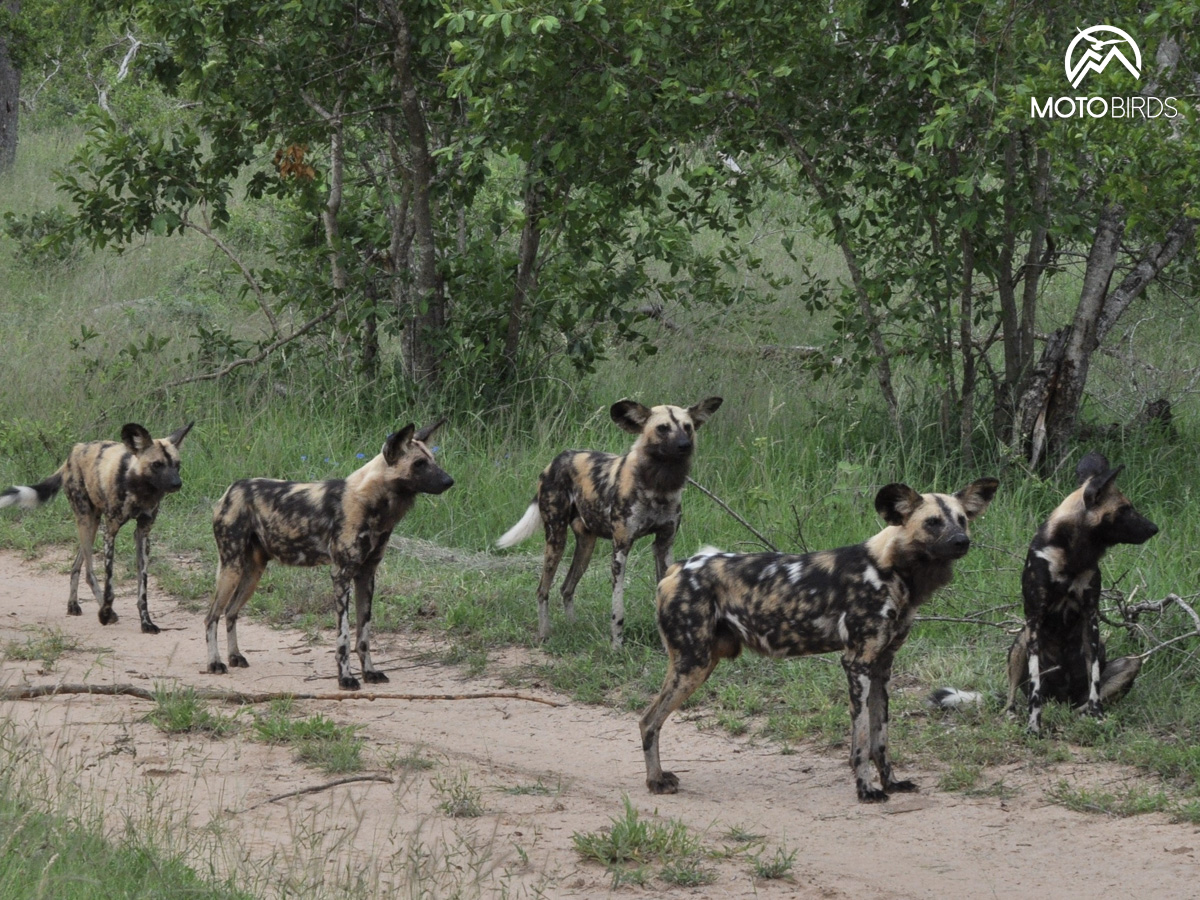
If you dream about seeing a dangerous predator on a trip to Tanzania, then wild dogs are more successful hunters than…lions. Yes, you read that right! African wild dogs succeed in 80% of hunts, while lions only succeed in 30%. Zebras, antelopes, and impalas avoid hungry wild dogs like the plague. They have developed a unique teamwork to take down prey many times larger than themselves, while taking minimum risks of injury.
African wild dogs are also very social animals (no, we’re not encouraging you to pet them!). They live within strong communities. They live in packs of 10 to 20 individuals. Interestingly, there are usually more males than females in the groups. After reaching maturity, females usually leave the group to join hunting parties. Males remain and take care of the next offspring. This is very unusual in the animal world because the opposite is usually true. To add a touch of fantasy, females compete for male attention. Admit it, these are exceptional animals!
Knowing that they may completely disappear from our planet does not inspire optimism. It’s good that there are places like Mkomazi that protect nature and allow visitors to understand how important it is to preserve these vanishing ecosystems.
Motorcycle tours is more than just visiting beautiful places
The world is an extraordinary place, with stunning ocean coastlines, breathtaking mountains, and mesmerizing salt deserts. There are so many incredible places we want to take you on a journey to… Places where the magnificent landscapes are only a pretext for a journey within yourself. To places untouched by civilization that may soon cease to exist. This fleeting world is worth every minute spent in it.
With MotoBirds, our trip to Tanzania will allow you to come face to face with endangered species. When you visit Mustang or Dharamsala with us, you’ll feel the mysterious aura of Tibetan Buddhism’s fading traditions. In Patagonia, you’ll be greeted with a starry sky that is impossible to find in light-polluted cities. Everywhere you go, you’ll egt a taste of the local food. You’ll also meet people who live and think differently than you do.
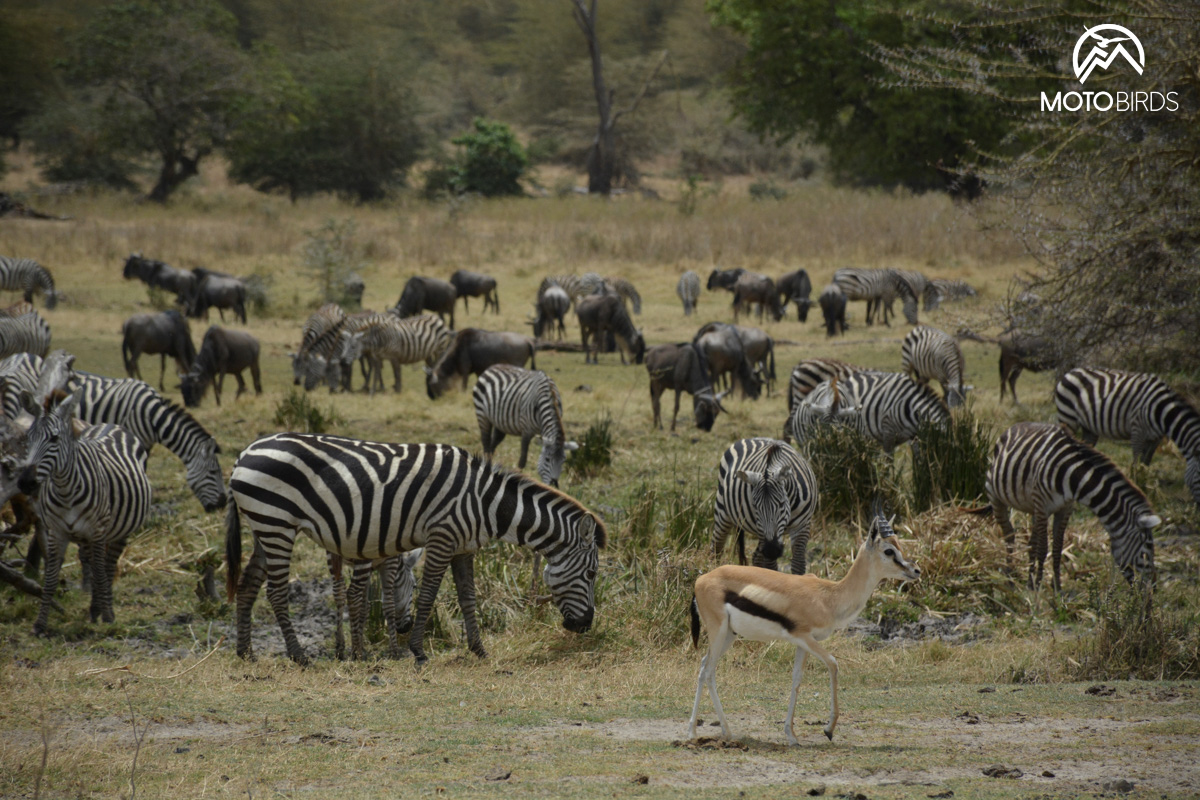
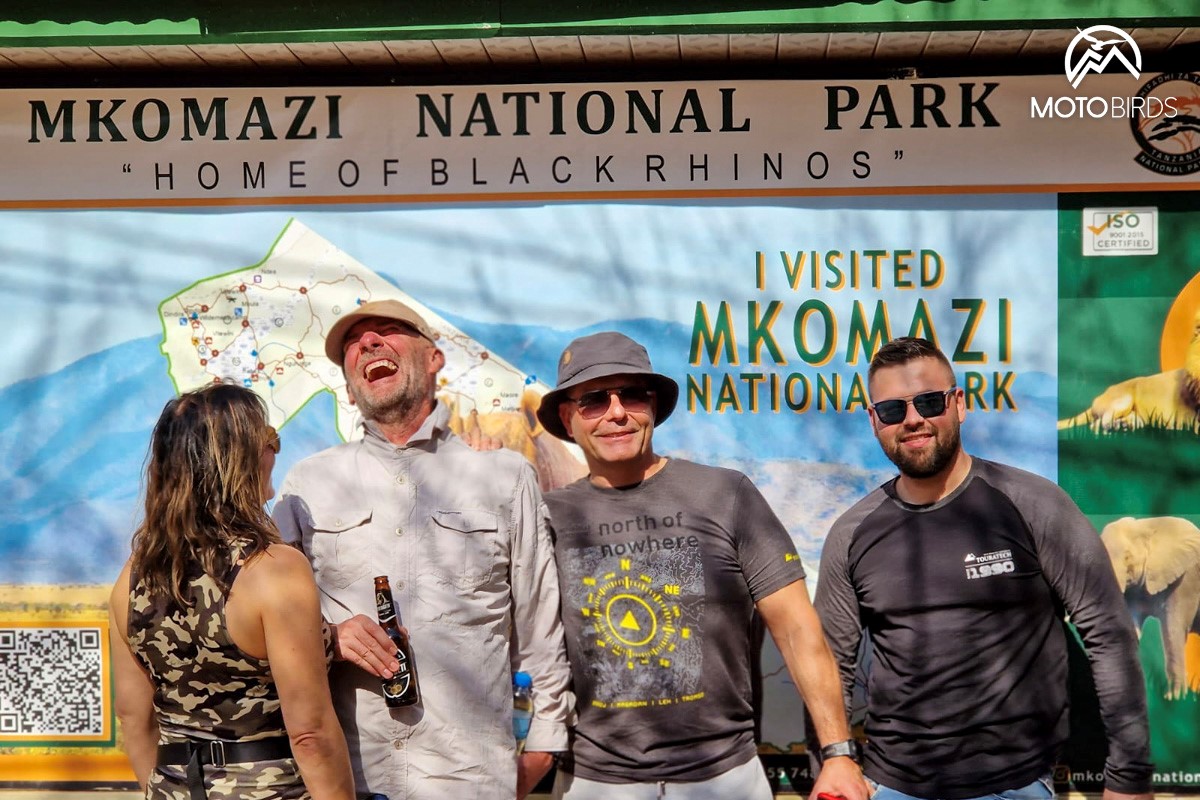
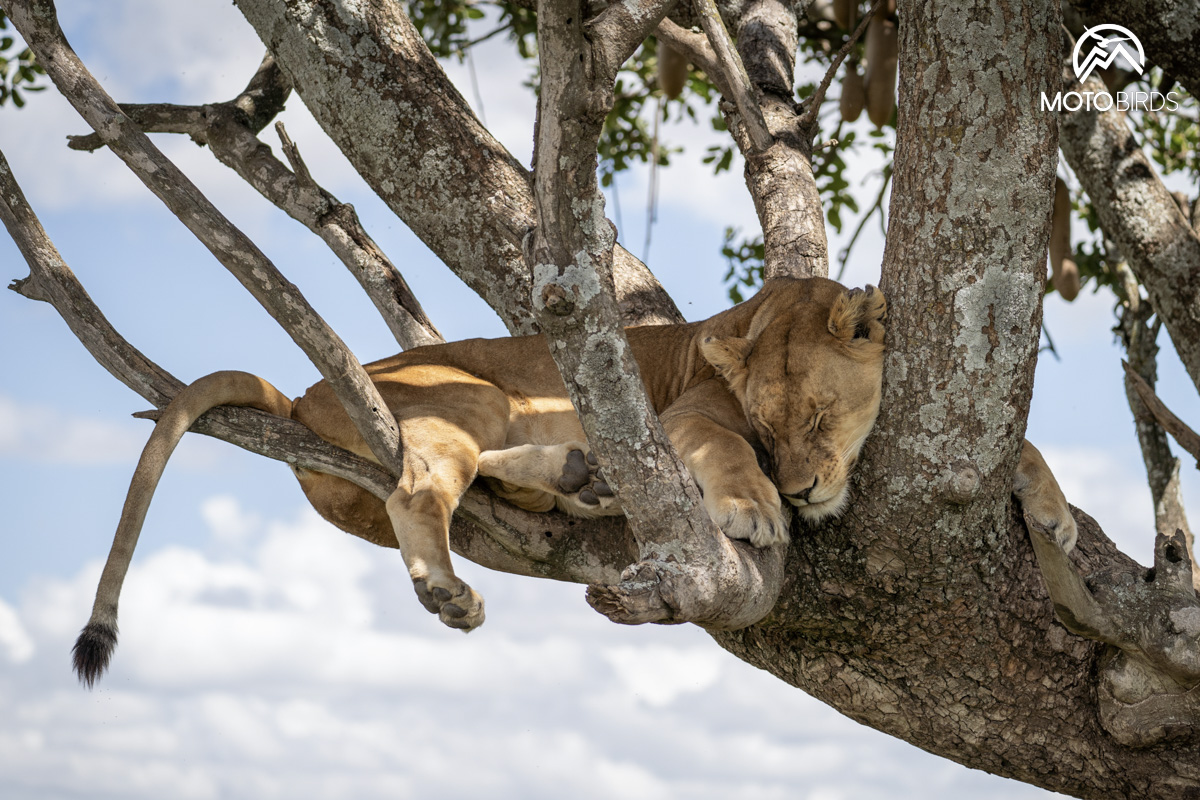
You’ll do all this with a team of guides passionate about sharing their experience, dedicated to making sure you go home with memories and friendships that will stay with you for years to come. That’s the uniqueness of MotoBirds’ expeditions, an experience you won’t find in any travel agency.
You could be simply looking for a good time on the bike, maybe wanting to recover from a stressful work experience, possibly rebuilding yourself from a painful life event, or maybe even entering a different period of your life.
Memories are not commodities because they cannot be bought or sold
Yet, we live in a world where one can browse the web and shop for the lowest cost motorcycle tour to a certain part of the world, just as you would for any commodity.
A commodity purchased on the internet for the lowest price can be defined as a treasure hunt for the cheapskates and penny-pinchers of the world. It’s a product that’s so cheap, you feel like you’re getting away with robbery! It’s the digital equivalent of rummaging through a thrift store or garage sale, except you don’t even have to leave your couch to find it. So go ahead, treat yourself to that $1 phone case or $2 pair of socks. Just don’t do this when it comes to yourself! Are your time, your memories, your experiences simple commodities? We think not. This is why our tours are different. They are focused on you.
So, if you’re ready for an adventure that goes beyond the ordinary, hop on a motorcycle with us and let’s explore the world in a way that will leave you with memories to last a lifetime. And who knows, maybe you’ll even discover a new side to yourself along the way.
